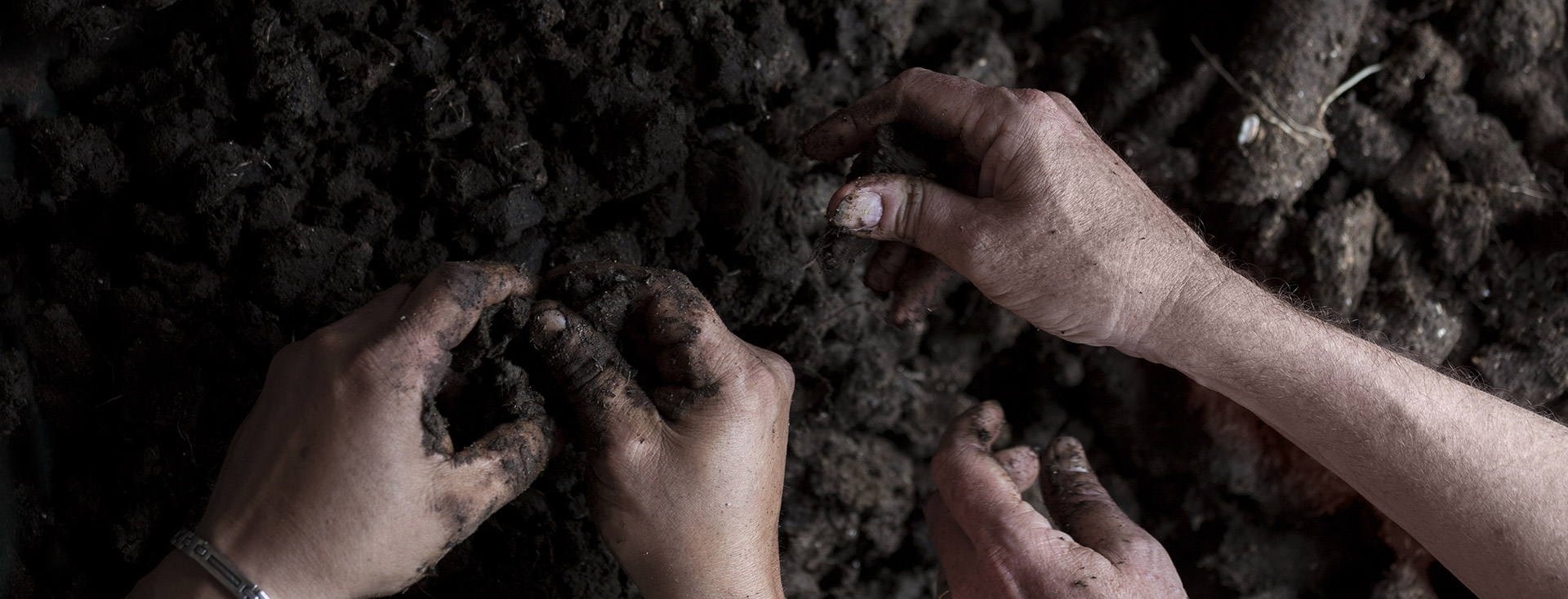I can only give a personal answer to the question of understanding what biodynamics is. There are various possible definitions: it is a constantly developing movement and those within it do not tend to prescribe practices. It is a question of interpretation and adaptation, all of which is largely subject to evolving mindsets. So even though there is currently a boom in winegrowers and consumers with an interest in biodynamics, this is still a world of individual approaches.
At Fonroque and Mazeyres, biodynamics means implementing an experimental toolkit that enables us to support natural phenomena in order to gain the best possible results in terms of resistance to disease, supporting growth processes, and quality levels.
We know that nature is expressed in interactions, and our goal is to take account of all the key players in this natural conversation. The soil, the plant, the people working the land, and the local and distant environment all form part of the ‘body’ of the project. So we are very attentive and collaborative, and never underestimate a single element, whilst also remaining aware of our limits.
The role of biodynamics is to support genuinely complex phenomena via observation. And yet, the more curious we become and the greater our field of awareness, the more elements we will amass.
We are already entirely able to let organic and energetic mechanisms that offer good results operate independently again.
And of course, it is important not to be afraid of accepting what emerges, from the rational to the inexplicable, and to take a sometimes very intuitive approach in establishing connections. This is a key stance to take when it comes to getting involved in a whole that we are of course unable to totally control.
We use precise preparations to promote organic vigour and minerals in the soil as well as the plant’s growth rhythm, and draw on its spontaneous relationship with the soil, the moon and the constellations.
Our agricultural practices are influenced by the work of Maria Thun, who built extensively on the previous work of Rudolf Steiner, as this offers us a very relevant reading grid that nevertheless required some transposition as it did not make specific reference to winegrowing. The work this inspired is designed to encourage vines to achieve their archetypal potential, resulting in a decisive impact on the wines’ form of expression.




